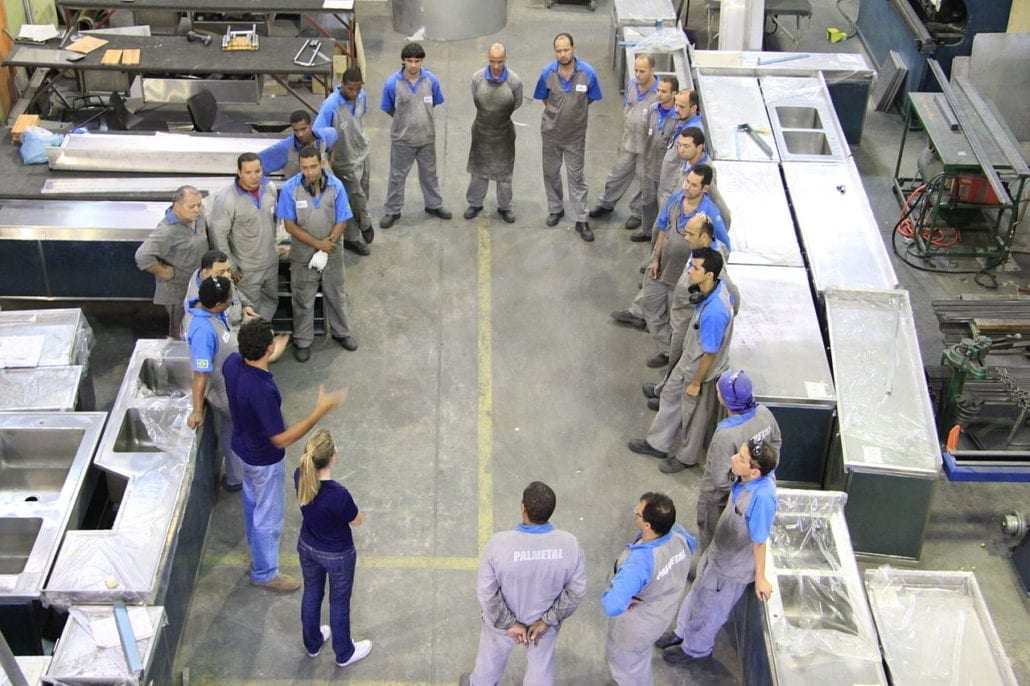Things To Ask Your IT Support Provider Before Signing
Outsourcing large tasks and functions is fast becoming the thing to do in business because of the success it can offer, and the top of that list is IT support. Of course, this is an utterly logical thing to do because it will take the technical pressures off you and allow you to stay focused on the core operations of your company while saving a buck or two. But that doesn’t mean you should just hand over your responsibilities to the first IT support provider you come across.
When it comes to looking for a reliable technical support provider, you need to do your Due Diligence, and an easy way to do this is to ask your prospective providers a series of questions to help you understand what sort of fit they will be. So, here’s a few ideas to get you underway:
What Is Your Experience With Small Companies?
You’ll learn that a lot of IT support companies, like Sphere IT in London, concentrate on large installations and services because it allows for a better economy of scale, which means you’ll need will get lost or confused. As such, ask to see a list of their client portfolio or ask them about the smaller-sized clients they serve. This will give you a better understanding of their operations and whether they will best suit your needs.
How Do We Know You Can Protect Our Sensitive Data?
One of the most important reasons of having an IT support company come on board is to protect your data, so you need to know they are capable of doing this. The techniques hackers use these days are becoming more and more sophisticated and so it is imperative you find experienced digital data defence pros for business. This is where their record comes in. A prospective IT support company needs to be able to prove they have a fantastic track record in protecting their client’s sensitive data. If they fail to do this, then your business may fail to continue operating.
What Level of Support Will They Offer?
Most companies will ask you what sort of support you will need and then offer you a service based on that requirement, so make sure you come to a deal that suits you and that it is detailed in your service agreement. To give you a little bit of advice on this one, make sure you discuss specific areas like phone, email and chat support, as well as remote management if you have employees or contractors that work from home or on the road. You’ll also want to know how often they can visit your office to perform maintenance checkups.
How Are They With Long-Term Partnerships?
Quite simply, the longer the supplier can commit to a partnership the better fit they will be for your company. The reason for this is most network equipment lasts for years and years and years, while most support arrangements only stand for two to three. Of course, this can usually be extended to around five years if needed and if favourable. So find out what sort of agreement they prefer and then see how this will fit in with your organisation.









